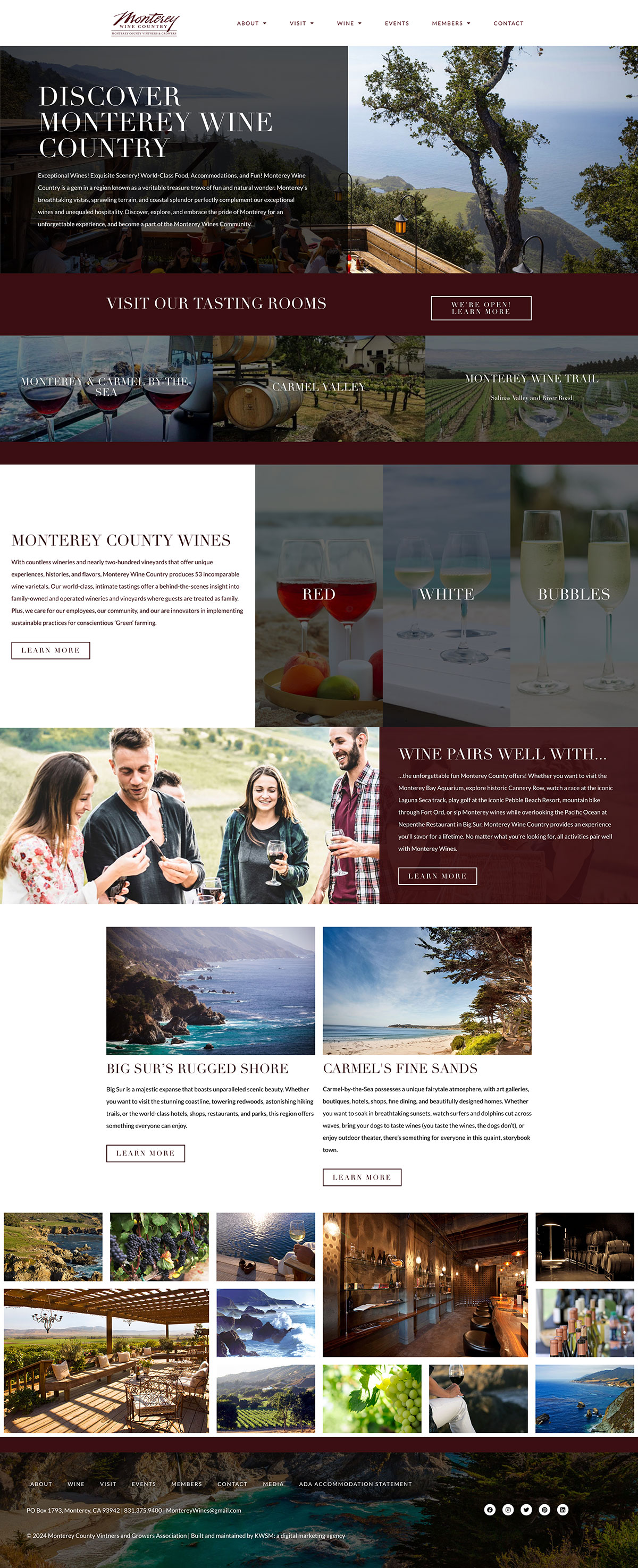
Types of Content
Local governments and public agencies don’t have a shortage of information to share, but there are many factors to take into consideration like civic literacy. Civic literacy is the knowledge of how to actively participate and initiate change in your community and the greater society. In basic form, it’s the city’s job to inform it’s residents about its local government, policies, and happenings. Some of the types of content include:
Civic Literacy
- Council and committee meeting agendas
- Summary of adopted resolutions
- Commissions, Boards, Committees
- Election information (pull locations, etc.)
- “Did You Know?” series: laws/ordinances explained
- City involvement in local parades, groundbreakings, ribbon cuttings
- Staff highlights including milestones, retirement, and new hires
- New job postings
- City Hall closures/holidays
- Service or Volunteers Outside of Work
Just like any business cities can generate a lot of UGC (User Generated Content) to capture moments unique to their residents and visitors.
User-Generated Content
- Create a city hashtag that can be shared
- Contest series
- A business of the month
- Citizen/volunteer of the month
- Photo of the month
Running social media for a city requires a lot of education to be both the correct source of important information and the voice and image of a large community.
What’s most important is the frequency and value of what you post. If you post great information, but it only comes every six weeks, your audience may not wait around between messages. We recommend posting daily and mixing in a variety of content that is interesting, educational, and provides value to the audience.
For more industry-specific marketing topics, follow us on Facebook for daily blog posts.











